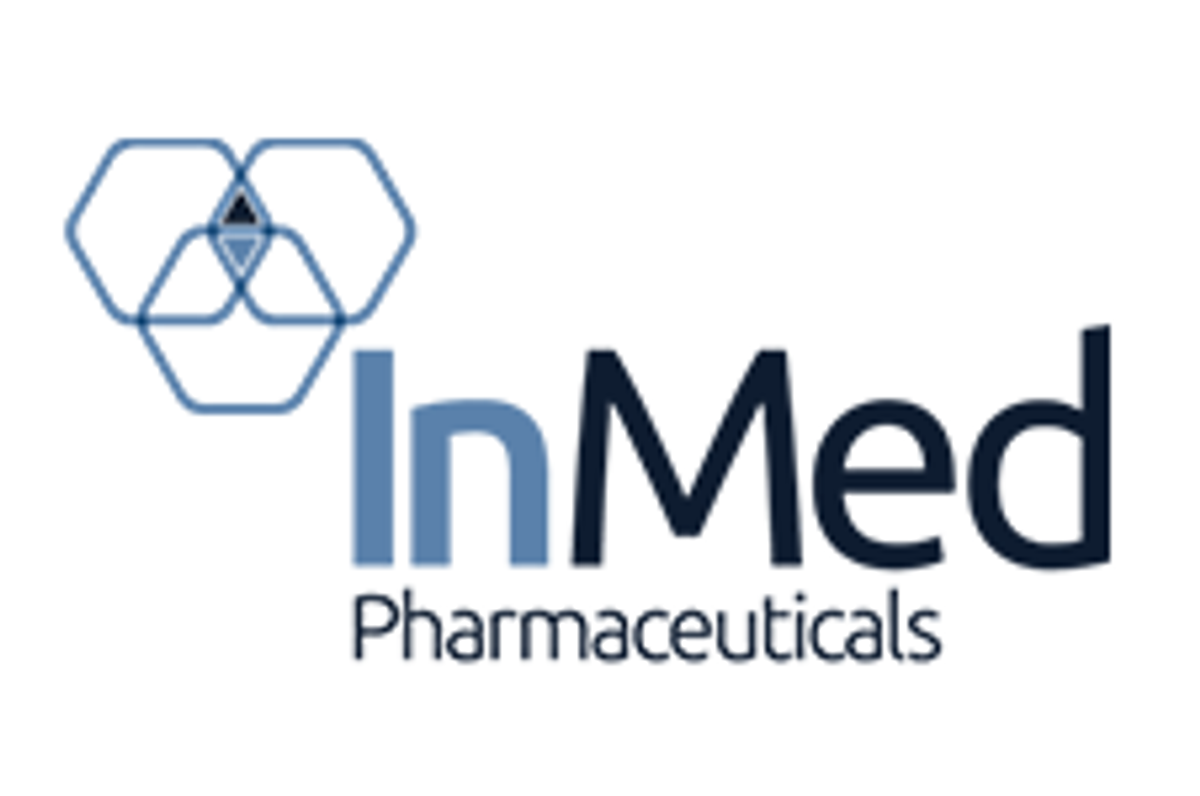
June 24, 2024
Principal Technologies Inc. (the "Company") (TSXV: PTEC; FSE: J07), announces that it has received an extension from the TSX Venture Exchange with respect to the duration of its previously announced private placement (the "Private Placement") (see the Company's press releases dated April 3, 2024; June 7, 2024; and June 20, 2024), and intends to close a second and final tranche of the Private Placement on or before July 15, 2024.
ON BEHALF OF THE BOARD
Jerry Trent, Chief Executive Officer
Principal Technologies Inc.
For investor inquiries or further information, please contact:
Office@principal-technologies.com
Forward-looking statements:
This press release contains "forward-looking information" and "forward-looking statements" within the meaning of applicable securities laws. This information and statements address future activities, events, plans, developments and projections. All statements, other than statements of historical fact, constitute forward-looking statements or forward-looking information. Such forward-looking information and statements are frequently identified by words such as "may," "will," "should," "anticipate," "plan," "expect," "believe," "estimate," "intend" and similar terminology, and reflect assumptions, estimates, opinions and analysis made by management of the Company in light of its experience, current conditions, expectations of future developments and other factors which it believes to be reasonable and relevant.
Risks and uncertainties that may cause actual results to vary include but are not limited to the availability of financing; fluctuations in commodity prices; changes to and compliance with applicable laws and regulations, including environmental laws and obtaining requisite permits and approvals; political, economic and other risks; as well as other risks and uncertainties which are more fully described in our annual and quarterly Management's Discussion and Analysis and in other filings made by us with Canadian securities regulatory authorities and available at www.sedarplus.ca. The Company disclaims any obligation to update or revise any forward-looking information or statements except as may be required.
Neither TSX Venture Exchange nor its Regulation Services Provider (as that term is defined in policies of the TSX Venture Exchange) accepts responsibility for the adequacy or accuracy of this release.
PTEC:CC
The Conversation (0)
20 February 2024
Principal Technologies
Building an Investment Portfolio of Disruptive Healthcare Technology Companies
Building an Investment Portfolio of Disruptive Healthcare Technology Companies Keep Reading...
20 June 2024
PRINCIPAL TECHNOLOGIES ANNOUNCES CLOSING OF FIRST TRANCHE OF PRIVATE PLACEMENT
Principal Technologies Inc. (the " Company ") (TSXV: PTEC) (FSE: J07), is pleased to announce the closing of the first tranche (" Tranche 1 ") of its previously announced non-brokered private placement (the " Offering ") with one investor, MRPT Invest UG (" MRPT "), a company owned and... Keep Reading...
07 June 2024
PRINCIPAL TECHNOLOGIES ANNOUNCES UPSIZING OF PRIVATE PLACEMENT
/NOT FOR DISTRIBUTION TO U.S. NEWS WIRE SERVICES OR FOR DISSEMINATION IN THE UNITED STATES / Principal Technologies Inc. (the " Company ") (TSXV: PTEC) (FSE: J07), is pleased to announce an increase in the previously announced non-brokered financing of 4,000,000 units (see news release dated... Keep Reading...
03 April 2024
PRINCIPAL TECHNOLOGIES ANNOUNCES LOAN FINANCING AND PRIVATE PLACEMENT AND PROVIDES UPDATE ON VIVOSTAT A/S ACQUISITION
/NOT FOR DISTRIBUTION TO U.S. NEWS WIRE SERVICES OR FOR DISSEMINATION IN THE UNITED STATES / Principal Technologies Inc. (the " Company ") (TSXV: PTEC) (FSE: J07), is pleased to announce that on March 8, 2024 it entered into a binding commitment letter with the effect that the GreenIslands... Keep Reading...
06 February 2024
PRINCIPAL TECHNOLOGIES ANNOUNCES FUNDAMENTAL ACQUISITION OF VIVOSTAT A/S
/Not for distribution to U.S. news wire services or for dissemination in the United States / Binding Share Purchase Agreement to purchase 100% of Denmark -based Vivostat A/S (" Vivostat "). Vivostat has a unique system for on-site preparation and application of autologous concentrated fibrin and... Keep Reading...
18 January 2024
PRINCIPAL TECHNOLOGIES CLOSES THIRD AND FINAL TRANCHE OF OVERSUBSCRIBED PRIVATE PLACEMENT
/Not for distribution to U.S. news wire services or for dissemination in the United States / Principal Technologies Inc. (the " Company ") (TSXV: PTEC ), is pleased to announce the closing of the third and final tranche (" Tranche 3 ") of its previously announced non-brokered private placement... Keep Reading...
17 December
InMed Announces Results of 2025 Annual General and Special Meeting
InMed Pharmaceuticals Inc. (NASDAQ: INM) ("InMed" or the "Company"), a pharmaceutical company focused on developing a pipeline of proprietary small molecule drug candidates for diseases with high unmet medical needs, today confirmed that, at its annual general and special meeting of shareholders... Keep Reading...
12 December
InMed Provides Update on BayMedica Commercial Business
InMed Pharmaceuticals Inc. (NASDAQ: INM) ("InMed" or the "Company"), a pharmaceutical company focused on developing a pipeline of proprietary small molecule drug candidates for diseases with high unmet medical needs, today released the following statement.Recently, H.R. 5371, the "Continuing... Keep Reading...
09 December
Invion Advances Global Strategy With New Licencing Agreement
Invion (ASX:IVX) has taken a major step forward with a new global licencing agreement that streamlines its rights across key cancer and infectious disease programs. The move gives the company a clearer path to advance its Photosoft technology, expand market opportunities and strengthen... Keep Reading...
27 November
5 Biggest Pharmaceutical ETFs in 2025
The global pharmaceutical market is set to surpass a total value of US$1.75 trillion by the end of the decade, according to Evaluate Pharma.Experienced and novice investors alike may want to consider pharmaceutical exchange-traded funds (ETFs) as a way to gain exposure to the top pharma... Keep Reading...
18 November
InMed Announces Successful Completion of Pharmacokinetic Studies in Large Animal Model for Its Alzheimer's Disease Candidate INM-901
Data demonstrate a favorable bioavailability profile of INM-901 oral formulationData will support design and planning of first in human clinical trialsPreparing for pre-IND meeting with the FDA InMed Pharmaceuticals Inc. (NASDAQ: INM) ("InMed" or the "Company"), a pharmaceutical company... Keep Reading...
Latest News
Interactive Chart
Latest Press Releases
Related News
TOP STOCKS
American Battery4.030.24
Aion Therapeutic0.10-0.01
Cybin Corp2.140.00




